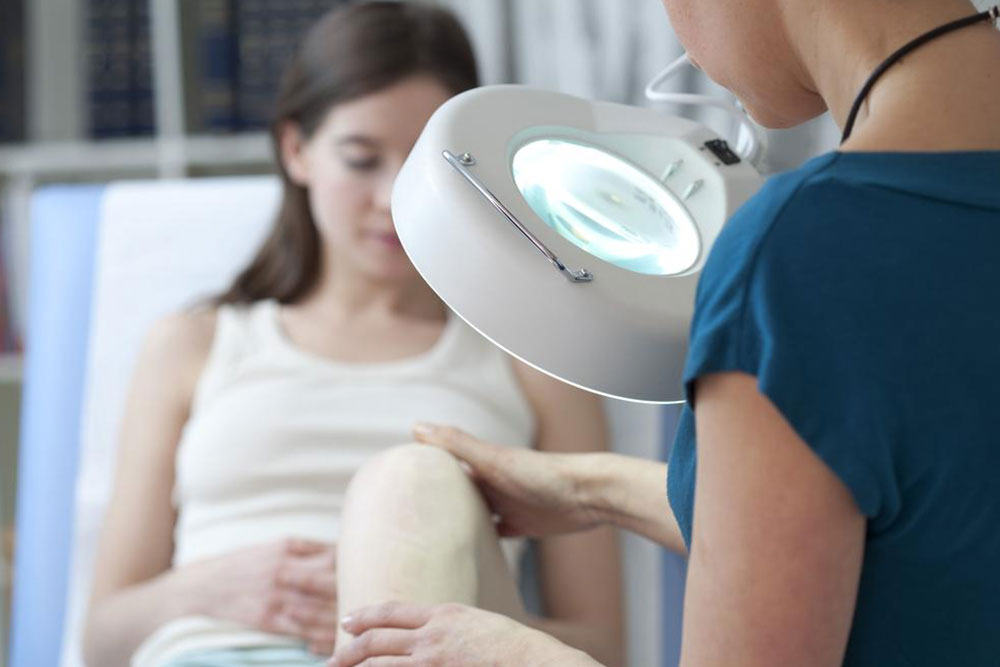The Evolution of Dermatology: A Comprehensive Historical Perspective
Explore the comprehensive evolution of dermatology from ancient civilizations to cutting-edge modern treatments. This detailed overview highlights key historical milestones and technological breakthroughs that transformed skin care and dermatological therapies, shaping the future of personalized skin health management.

Tracing the Development of Dermatology Through History
Dermatology, as a specialized medical field, boasts a history that stretches back thousands of years, illustrating humanity’s persistent quest to understand, diagnose, and treat skin-related ailments. Over the centuries, this discipline has transformed remarkably, influenced by various civilizations and technological breakthroughs. From ancient Egypt to modern times, dermatology has continuously advanced, incorporating innovative procedures and therapies to improve patient outcomes. Understanding its historical progression offers valuable insights into current practices and future innovations in skin care and treatment.
Ancient civilizations played a pivotal role in laying the groundwork for modern dermatology. The Egyptians, renowned for their advanced medical knowledge, utilized arsenic compounds to treat skin cancers, showcasing early recognition of dermatological conditions. Archeological findings indicate that Egyptian healers documented various skin treatments, laying a foundation for future dermatological practices. Meanwhile, the Greeks and Romans contributed significantly by developing topical ointments, creams, and mixtures aimed at lightening or treating skin ailments. These early formulations, though primitive by today’s standards, represented the first systematic attempts at managing skin issues.
Throughout the Middle Ages and the Renaissance, dermatology remained intertwined with broader medical knowledge, primarily driven by the works of prominent physicians such as Ibn Sina and Paracelsus. They documented skin diseases, their symptoms, and possible treatments, setting the stage for more scientific approaches. The 16th and 17th centuries saw increased interest in skin disorders, with notable contributions from European physicians cataloging conditions like leprosy, psoriasis, and syphilis. Despite limited technology, these centuries marked an important shift towards more systematic study and understanding of dermatological diseases.
The 19th century was a turning point in the evolution of dermatology as a dedicated medical specialty. Pioneering figures such as Jean-Louis Alibert and Ferdinand von Hebra established dermatology clinics and published foundational texts that standardized diagnosis and treatment protocols. The advent of microscopy allowed physicians to better understand skin structures at the cellular level, revolutionizing diagnosis. Instruments like the dermatoscope emerged in this era, facilitating detailed examination of skin lesions. Furthermore, the development of vaccines and antimicrobial agents significantly improved the management of infectious skin diseases like syphilis and leprosy.
In the 20th century, technological innovations further advanced the field. The introduction of chemical peels, dermabrasion, and later laser technology transformed cosmetic dermatology, offering less invasive options to treat scars, pigmentation, and aging signs. Cryosurgery, which employs extremely cold temperatures to destroy abnormal tissue, became widespread for wart removal and other skin lesions. The era also saw increased understanding of dermatological tracings of systemic diseases, linking skin signs to internal health issues. This holistic approach helped improve diagnostic accuracy and patient management.
Today, dermatology is a dynamic field driven by technological advances and scientific research. Modern treatments include sophisticated laser therapies, phototherapy, and biologic drugs targeting inflammatory skin diseases like eczema and psoriasis. Cosmetic dermatology has become hugely popular, with procedures like Botox, fillers, chemical peels, and laser resurfacing offering highly customized skin rejuvenation solutions. Cryotherapy, micro-needling, and advanced topical formulations continue to evolve, providing effective options for various skin concerns. Teledermatology, enabling remote diagnosis and treatment, has expanded access to care globally, especially in underserved areas.
Looking ahead, dermatology is poised for further groundbreaking innovations. The integration of artificial intelligence and machine learning promises to enhance diagnostic precision and personalized treatment plans. Genetic research may unlock new regenerative therapies and targeted interventions for inherited skin disorders. Nanotechnology and biotech advancements could revolutionize drug delivery and skin regeneration techniques. Moreover, a greater emphasis on skin health and preventive care is expected to reshape patient education and treatment paradigms, making skin care more proactive and holistic.





